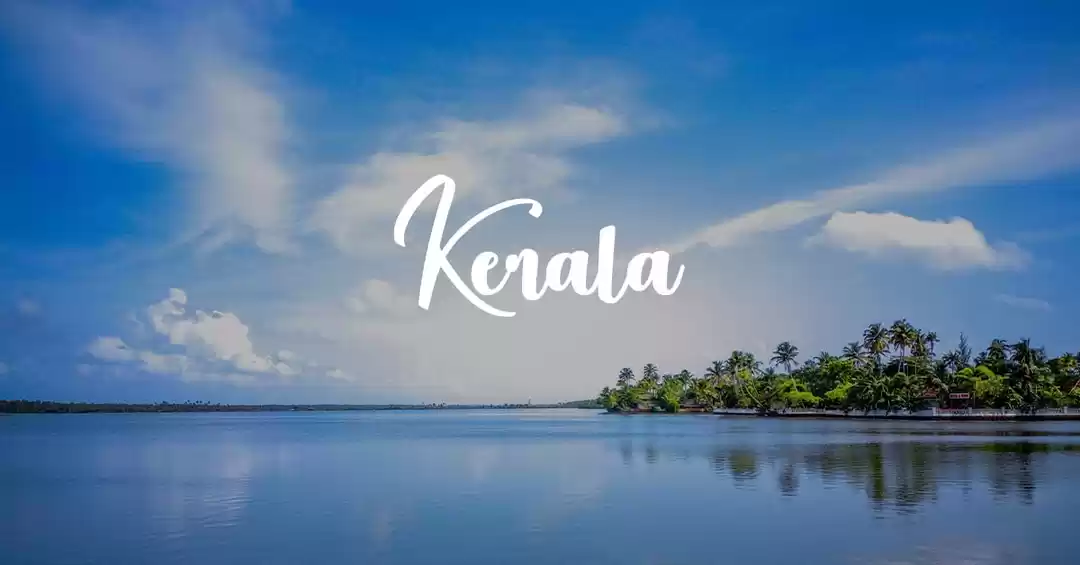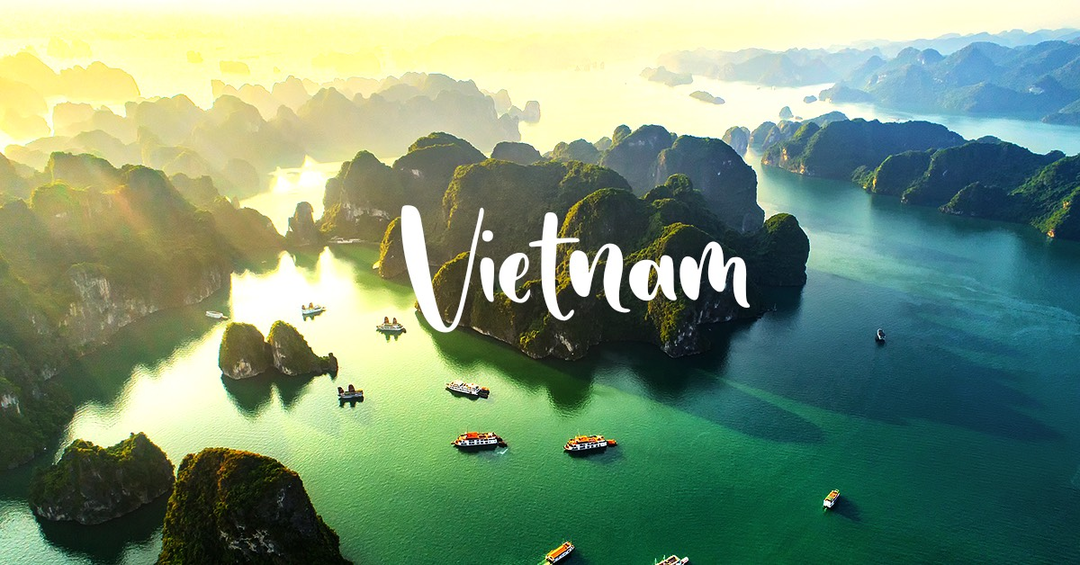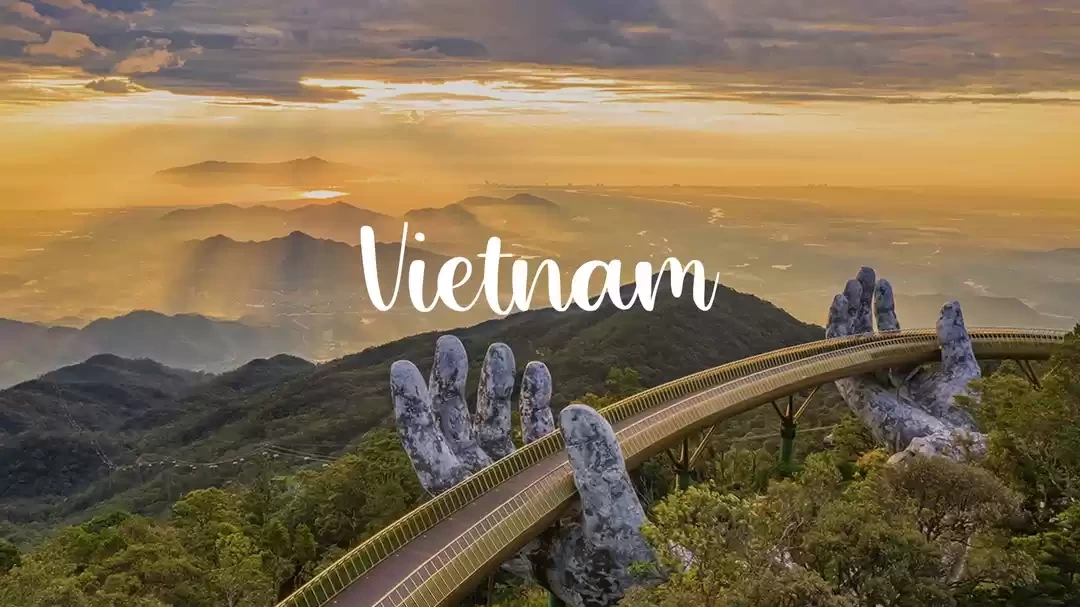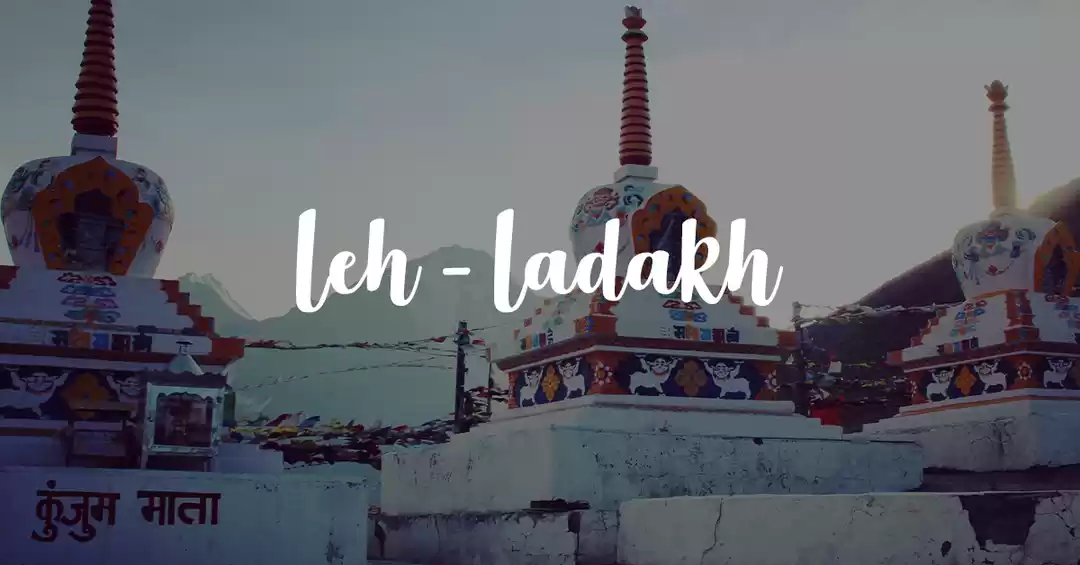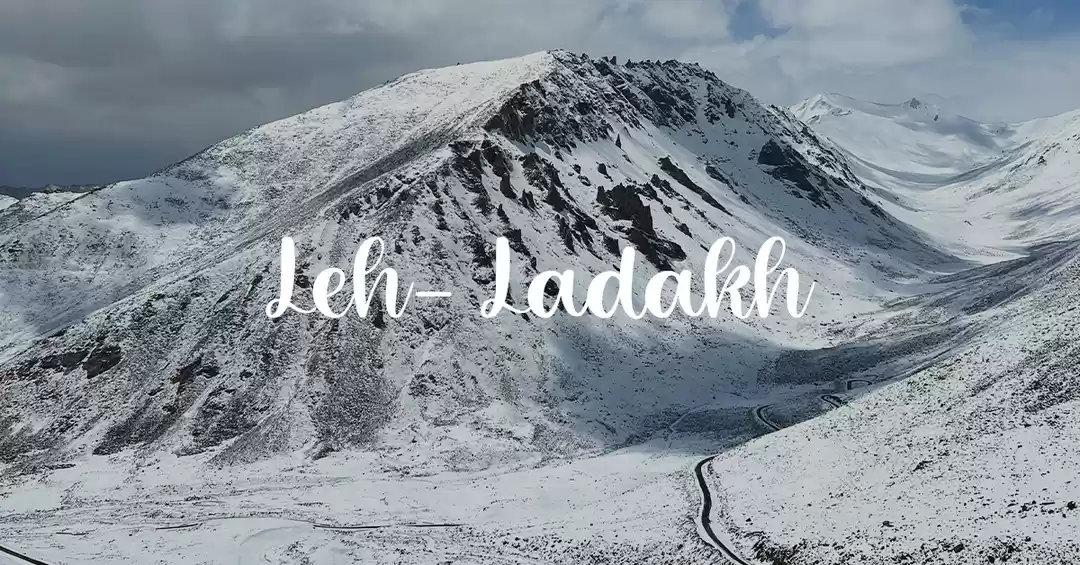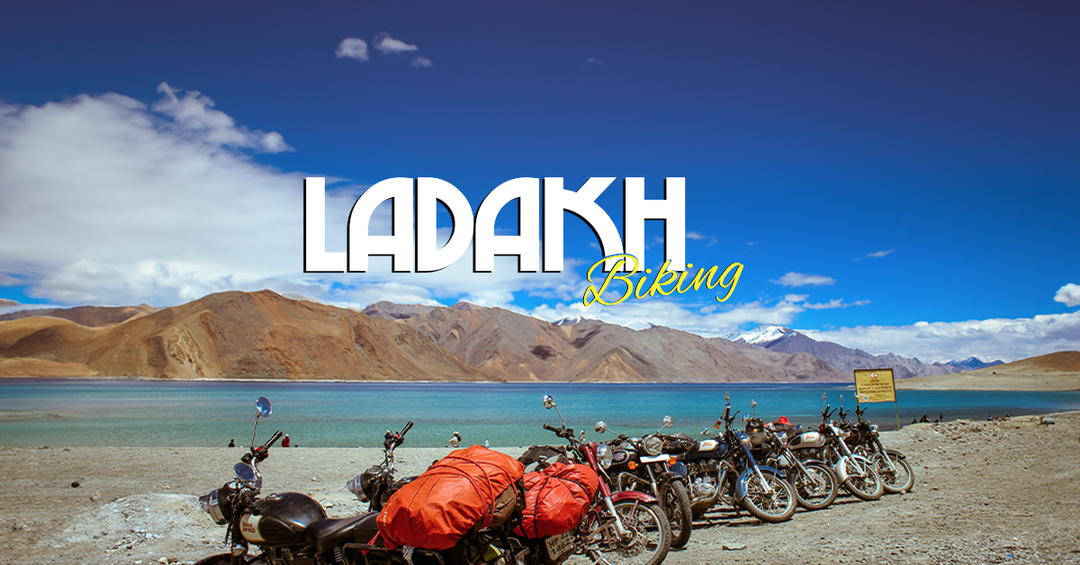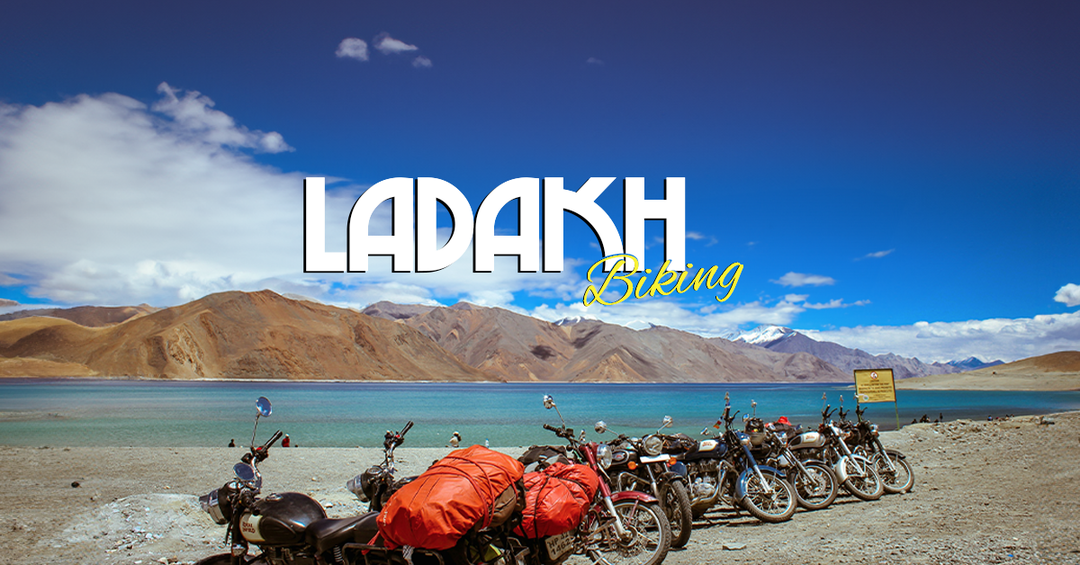
Nepal’s trekking trails are legendary, with the Everest Base Camp and Annapurna Circuit treks drawing thousands of adventurers each year. However, for those in search of a quieter path, fewer crowds, and raw Himalayan beauty, the Manaslu Circuit Trek stands out as an exceptional alternative. Circling the world’s eighth-highest mountain, Mount Manaslu (8,163 meters), this trek offers the perfect blend of wilderness, cultural immersion, and alpine adventure.
Why Choose the Manaslu Circuit?
Often referred to as the “new Annapurna,” the Manaslu Circuit offers many of the same highlights—dramatic landscapes, diverse ecosystems, high mountain passes, and authentic local culture—without the heavy foot traffic. It provides a more peaceful and pristine experience, making it ideal for trekkers looking for off-the-beaten-path adventure.
What sets the Manaslu Circuit apart is its combination of natural beauty and cultural richness. The trail traverses through remote mountain villages inhabited by Gurung and Tibetan communities, where ancient monasteries, mani walls, and prayer flags line the paths. It is a trek that not only challenges the body but also nourishes the spirit with its serenity and spiritual atmosphere.
Overview of the Route
The Manaslu Circuit typically begins in Soti Khola and ends in Dharapani, covering a distance of roughly 170 kilometers over the course of 14 to 17 days. The trek takes you from subtropical jungles and terraced fields to high alpine meadows and glacier-covered peaks, culminating in the crossing of the Larke La Pass (5,106 meters)—a dramatic and rewarding highlight of the journey.
Unlike the Annapurna Circuit, which now has road access in several sections, the Manaslu Circuit remains largely untouched by motorized infrastructure, preserving its traditional trekking feel.
Major Highlights of the Trek
1. Mount Manaslu and Himalayan Views
The entire trek circles Mount Manaslu, offering numerous viewpoints of the majestic peak and its surrounding range. From Samagaon and Samdo, trekkers can enjoy awe-inspiring views of Manaslu, as well as glimpses of the neighboring Ganesh Himal, Himlung Himal, and Annapurna ranges.
2. Larke La Pass (5,106m)
Crossing Larke La, the highest point of the trek, is both physically demanding and emotionally rewarding. The climb is steep and often snow-covered, but the panoramic views from the top, especially at sunrise, are unforgettable.
3. Culturally Rich Villages
The trail winds through culturally rich settlements such as Namrung, Samagaon, and Samdo, where traditional Tibetan Buddhist culture thrives. These villages feature ancient monasteries, chortens, and prayer stones that provide insight into the region's spiritual heritage.
4. Birendra Tal and Manaslu Base Camp
From Samagaon, side hikes to Birendra Tal (a glacier-fed turquoise lake) and Manaslu Base Camp (4,800 meters) offer excellent acclimatization and scenic detours. These excursions are ideal for those looking to extend their trekking days with rewarding exploration.
Permits and Regulations
The Manaslu region falls under a restricted area, which means that independent trekking is not permitted. Trekkers must:
Travel in a group of at least two (excluding guides and porters)
Be accompanied by a licensed guide
Trek through a registered agency
Required permits include:
Manaslu Restricted Area Permit (RAP)
Manaslu Conservation Area Permit (MCAP)
Annapurna Conservation Area Permit (ACAP)
Additionally, if the itinerary includes the Tsum Valley extension, a Tsum Valley Permit is also needed.
Best Time to Trek the Manaslu Circuit
The optimal times to trek the Manaslu Circuit are spring (March to May) and autumn (September to November). During these seasons, the weather is generally stable, skies are clear, and mountain views are at their best. Spring brings blooming rhododendrons and lush vegetation, while autumn offers crisp air and golden landscapes.
Trekking during winter is possible for experienced trekkers but can be challenging due to snowfall at high altitudes. The monsoon season (June to August) is generally avoided because of slippery trails and leech-infested forests.
Accommodation and Food
Over the years, the Manaslu Circuit has seen significant improvements in infrastructure. While the region once required camping expeditions, it now offers well-maintained teahouses throughout the route. These lodges provide basic rooms with shared bathrooms, warm meals, and cozy dining areas.
Meals are typically traditional Nepali fare such as dal bhat (lentils, rice, and vegetables), noodles, pasta, potatoes, and local specialties like Tibetan bread and tsampa porridge. Accommodation options are more limited in remote areas like Dharamsala (before the Larke Pass), so advance booking is advised during peak seasons.
Physical and Technical Demands
The Manaslu Circuit is considered moderately to highly difficult, primarily due to the high elevation and the length of the trek. While the trail does not involve technical climbing, the ascent to Larke La Pass is steep and physically taxing, particularly when snow is present.
Prior trekking experience at altitude is recommended, and all trekkers should be in good physical condition. Proper acclimatization days—especially in Samagaon and Samdo—are crucial to minimizing the risk of altitude sickness.
Environmental Considerations
As the Manaslu region is ecologically fragile and culturally significant, responsible trekking practices are vital. Trekkers are encouraged to:
Carry reusable water bottles and purification tablets
Minimize plastic waste
Respect local customs and traditions
Use eco-conscious trekking agencies
Supporting community-based tourism initiatives and locally owned teahouses also ensures that revenue stays within the region.
Tsum Valley Extension
For those with extra time and a desire for deeper cultural exploration, the Tsum Valley extension is a worthwhile addition to the Manaslu Circuit. This hidden valley was only opened to trekkers in 2008 and is home to ancient Buddhist monasteries, traditional villages, and sacred sites untouched by modernization.
The Tsum Valley trek adds about 6–7 days to the overall itinerary and offers a spiritual and scenic detour that few trekkers experien
Conclusion
The Manaslu Circuit Trek is a spectacular alternative to the more crowded Annapurna Circuit. With its diverse scenery, challenging high pass, and deep cultural authenticity, it stands out as one of Nepal’s most rewarding trekking experiences. For those willing to take the road less traveled, Manaslu delivers solitude, adventure, and insight into the Himalayan way of life.
By choosing this remote and enriching trek, adventurers not only challenge themselves physically but also contribute to the sustainable development of a region that has preserved its traditions and environment with remarkable grace.



